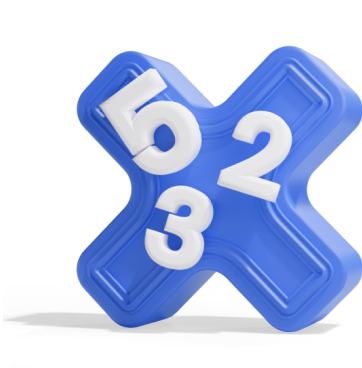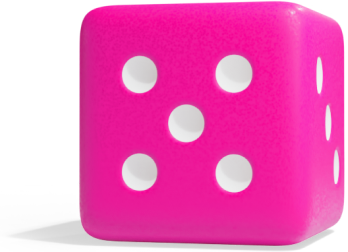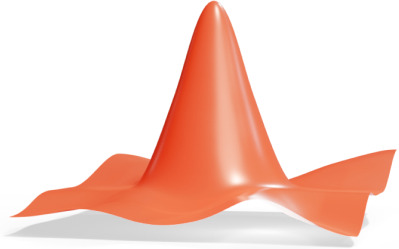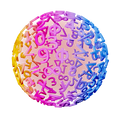11th Grade Q1
To find the domain and range of an inverse function, you must first understand the inverse relationship. The domain of the inverse function is the range of the original function, and the range of the inverse function is the domain of the original function.
Method
- Start with the original function: Determine the domain and range of the given function.
- Swap the domain and range: For the inverse function, switch the domain and range you found in the original function.
- Check restrictions: If there are restrictions (e.g., square roots, logarithms, or fractions), adjust the domain and range accordingly.
Example
Suppose you have the function:
1. Find the domain and range of
- The square root function is defined only for (to avoid imaginary numbers).
- Solve for : .
- The domain of is .
- The output of is non-negative because the square root of a number is always .
- The range of is .
2. Find the domain and range of the inverse function
- Swap the domain and range of .
- The domain of is (from the range of ).
- The range of is (from the domain of ).
3. Verify by finding the inverse function
- Start with .
- Swap and : .
- Solve for : .
- The inverse function is:
- Confirm that the domain of is and the range is .
Final Answer
For the function :
- Domain of :
- Range of :
For its inverse :
- Domain of :
- Range of :




















